MOVIE REVIEW – “Only a dead Indian is a good Indian,” General Philip Henry Sheridan, hero of the Northern forces in the American Civil War and commander-in-chief of the United States Army from 1869 until his death five years later in 1883, is said to have said in 1869. Although this line is not uttered in Martin Scorsese’s 1920s film, the frightening thing is that more than fifty years after this immensely cynical and cruel statement, the white protagonists of the master’s latest film, played by Leonardo De Caprio and Robert De Niro, are thinking much the same thing. In addition to two of Scorsese’s favorite actors, Native American-born Lily Gladstone also gives a great performance.
Master director Martin Scorsese’s filmography often deals with American crime driven by endless greed, from The Big Men, a movie about gangsters, to The Wolf of Wall Street, about stock market thieves.
So it’s perhaps not surprising that Scorsese was the one who adapted David Grann’s harrowing true-crime historical thriller Killers of the Flower Moon, about the Osage Murders and the birth of the FBI, which uncompromisingly depicts a forgotten chapter of one of America’s original crimes: the cold-blooded murders of white men against Indian tribes.
In this respect, Killers of the Flower Moon is a powerful and epic work in scope, purpose, and emotional range, a Western thriller and historical, crime, and psychological drama that is also a true Scorsese thriller in every sense.
Plundered Indians find unexpected treasure
Grann (who is also the author of “The Lost City of Z: A Story of Deadly Obsession in the Amazon”) has written an impeccably written book that does not tell the usual frontier story of the indigenous people of this land (the more traditional way in the film), nor does it present a “white savior” (as was the case in Kevin Costner’s film “Dances With Wolves”). Instead, Grann tells a true story from early 20th century Oklahoma that is at once shocking, little known and harrowing.
This region was a veritable reign of terror in the first half of the 1920s, a period of indigenous existence that Scorsese transforms from the book with some significant and thoughtful structural changes. In a strange paradox, the Osage were among the richest people in the world at the time, even though the U.S. government at the time wanted to reduce them to poverty. In their territory of Oklahoma, where they had moved after the government’s broken promises had robbed them of their settlements in Louisiana and Kansas, they had endless reserves of oil.
Knowing that the Oklahoma lands were rich in oil, the Osages signed a cleverly worded treaty: they would own not only those lands, but all the minerals beneath them. This included the oil that erupted with a deafening explosion on the surface of the arid earth, captured by Scorsese’s favorite cinematographer, Rodrigo Prieto, in the opening moments of the film.
Scorsese makes the most of two veteran actors
The whites, of course, wanted to strip the Indians of their newfound property before the natural resources inevitably dried up. One of these ruthless men was Ernest Burkhart, a war veteran of average intellect, impressively played by Leonardo DiCaprio in his most challenging and, despite the simplicity of the character, most complex role to date. DiCaprio is used to heroic or charismatic protagonists, although we saw him as a negative protagonist in one of Tarantino’s films, Django Unleashed. In this movie, however, the character he portrays is most often the one who can most evoke deep contempt or pity from the viewer, and this is a huge challenge for the veteran actor, even under Scorsese, so it is a tribute to him that he can bring such perfection to this nuanced character.
Another veteran actor who has worked with Scorsese for over fifty years is Robert De Niro, who once again brings one of the most brilliant and complex characters of his life as Ernest Donald Trump-like cattle rancher uncle. William Hale is a controlling and intimidating figure whose acting style reminds Robert De Niro of the always fascinating Jimmy Conway from The Big Men, but here, if possible, the octogenarian actor plays the character with even more nuance and intelligence.
A law passed by Congress in 1921 allowed these ruthlessly cruel men to force financial guardianship on any wealthy Osage. One of them was the introverted but in her own way determined Mollie, played with understated confidence and full awareness of her Native American past by Native American Lily Gladstone with great dignity.
What followed were dozens of cases of unsolved thefts and suspicious deaths (i.e., murders): young people who lost their health to mysterious diseases, or murders disguised as suicides committed by Hale, Burkhart, and their hired killers, corrupt doctors, or common criminals. The cases were so blatant that the U.S. government, led by J. Edgar Hoover, eventually sent an early FBI investigative unit to the area.
Scorsese and his co-screenwriter Eric Roth, who is also adept at constructing complex screenplays for films like Dune, Munich and Insiders, begin with this background, but provide the information in a rather terse manner, perhaps relying too much on the mistaken assumption that the audience is already familiar with this setup, either from reading Grann’s book or from general historical knowledge.
There Will Be Blood
Regardless of the fact that viewers may need to catch up (even afterwards), the movie’s introduction is still breathtaking. The Indians of the Osage tribe lament their relocation and what the future holds for them when their children are likely to forget their own culture at the hands of the whites. Then comes the celebration of the unexpected discovery of hidden oil, which also introduces us to the boldest segments of Robbie Robertson’s bravura soundtrack: drumming, throbbing and defiantly defiant, like the sounds of liquid gold just before it erupts.
Scorsese complements this introduction with a playful short film, shot in grainy black-and-white in the style of silent films of the era, showing the Osages in sumptuous clothes and on posh golf courses, enjoying their wealth while the whites serve them, go about their daily business, and drive them around. It is in this atmosphere that Ernest arrives in Oklahoma, and the film quickly switches back to color as he is confusedly confronted by a wealthy Osage Indian who proudly tells him, “This is my land.
Although the story roughly follows the original novel, the murder of Charlie Whitehorn and Mollie’s sister Anna Kyle Brown occurs nearly an hour into the film, a wise decision by Scorsese and Roth to better establish Ernest and Mollie’s budding relationship while the viewer is treated to the legendary Jack Fisk’s gorgeous sets and Jacqueline West’s detailed costumes. In the brilliantly crafted dialogue between Ernest and Hale, known as the “King of the Osage Hills” and more commonly known as the “Just Man,” we see the at times immensely haughty, at times cruelly cunning, or even conspicuously suave (when he needs to be) Hale encouraging the essentially stupid and impressionable, manageable Ernest to make a play for Mollie’s hand. Of course, the contemptuous racism toward Indians shines through everywhere, as when Hale asks his nephew in one scene, “Can you stand their kind?”
After many flirtations between Ernest and Mollie – which, thanks to Lily Gladstone’s superb acting, are among the strongest scenes in Killers of the Flower Moon – they finally tie the knot with a beautiful wedding and, despite Hale’s disapproval, have children. But even during their early, innocent togetherness, we can hear Robertson’s ominous musical cues hinting at impending tragedy.
DiCaprio’s performance in these scenes is stunning, in a role that demands so much of him. Thanks to Ernest’s dark commitment, he becomes Hale’s puppet, at once money-hungry, murderous and power-hungry, while genuinely falling in love with his wife. This duality is everywhere in DiCaprio’s performance and guilty body language. Mollie, of course, is far from being a dumb, impressionable Indian goose, as she immediately knows that Ernest is after money, but she is also driven by her own feelings and believes Ernest’s desire to make a home for their family.
Mean Streets
Once the murders take place, the movie becomes a typical Scorsese gangster movie intertwined with a black western, with dark and gruesome murders in alleyways, secluded woods, shady underworld dealings, and Thelma Schoonmaker’s snappy editing that cleverly ratchets up and down the events of the multi-layered story. The script also tries to explore various aspects of racism in America, making sure that the Tulsa Race Massacre (which happened so close to the Osage murders) and the brutal actions of the KKK are woven into the story in a meaningful and gruesome way.
True, Tom White (the still fantastic Jesse Plemons), who runs the detective agency, enters the movie a bit late, after Mollie herself – despite her mysteriously declining health – visits Washington and demands change after the murder of not only Anna, but two other siblings, her mother, her cousin, her brother-in-law, and a private investigator she hired. Gladstone’s performance, at once restrained yet emotional and passionate, is a towering achievement in the final sequence, as Mollie tries to analyze her feelings while struggling with her failing health.
And Scorsese’s direction is impeccable until the film’s final seconds, when, after a surprisingly strong police procedural chapter, Plemons is joined by Brendan Fraser and John Lithgow in a courtroom drama, Fraser as Burkhart’s defense attorney and Lithgow as the prosecutor. At once harrowing, thought-provoking and questioning, the film is clearly one of Scorsese’s better works, even if it does not rank with his greatest classics (Mean Streets, Taxi Driver and Big Men) due to its slightly overlong running time, but it is still one of the most influential films of the last decade, so it is clear that the veteran director has done it again, and Killers of the Flower Moon is a must-see for all movie buffs.
-BadSector-
Killers of the Flower Moon
Direction - 9.5
Actors - 9.4
Story - 9.2
Visuels/Musique/Sons - 8.8
Ambience - 9.2
9.2
AWESOME
Martin Scorsese's new film, "Killers of the Flower Moon," is a true historical crime thriller that explores the Osage murders of the 1920s and the birth of the FBI, uncompromisingly depicting America's original crime: the murder of white men against Indian tribes. The film has a rich cast, led by Leonardo DiCaprio and Robert De Niro, who bring the complex characters of the white leads to life, while Lily Gladstone shines as the Indian Mollie. The film's narrative moves from initial hope to tragic murder and justice, while painting a dark picture of greed, selfishness and racism in early American history.

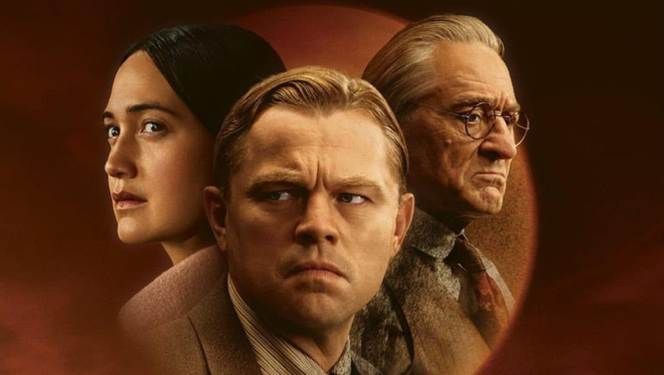
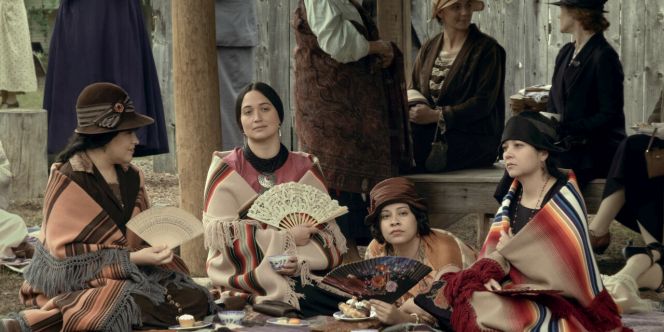
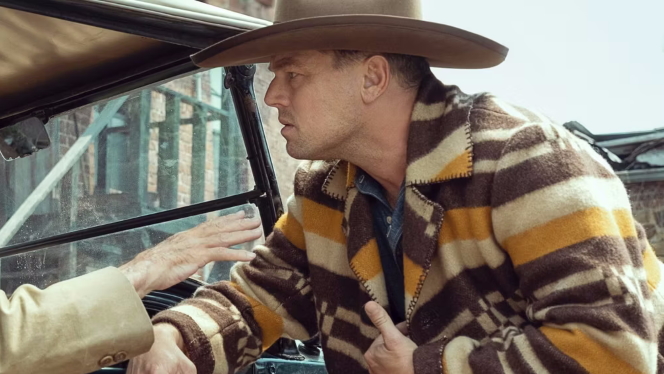
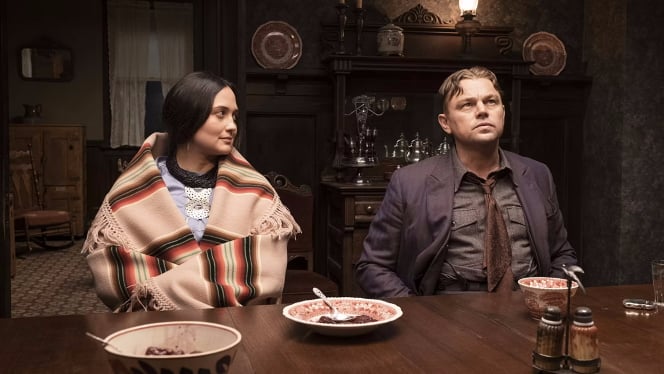
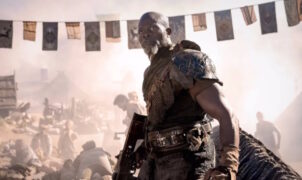

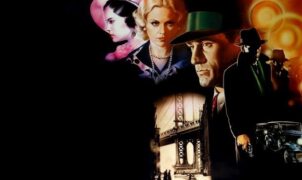
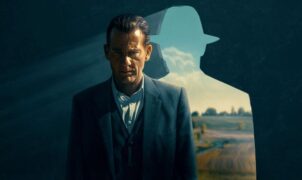



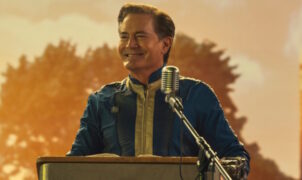

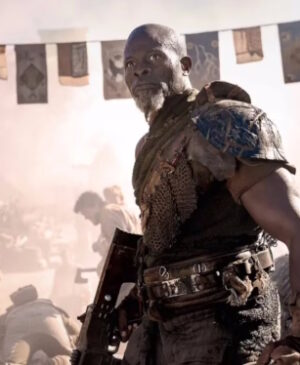



Leave a Reply